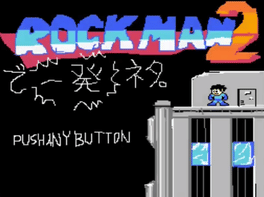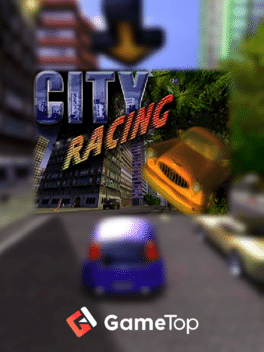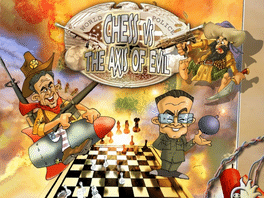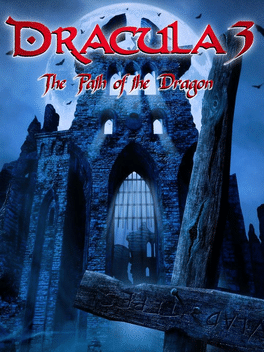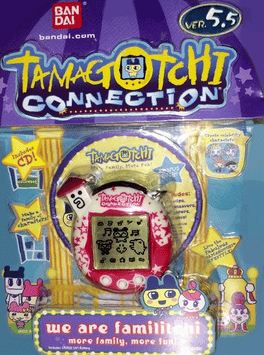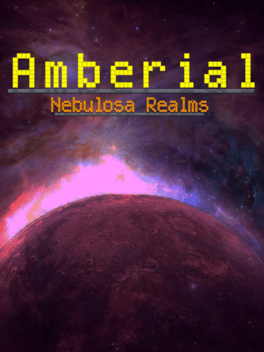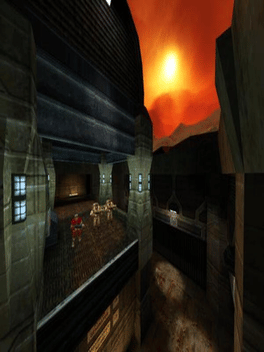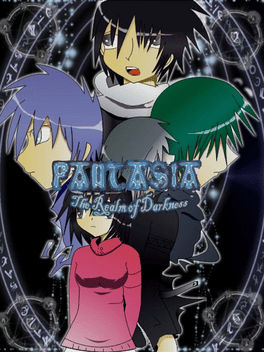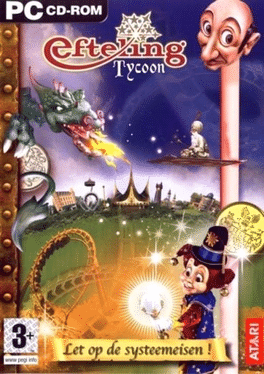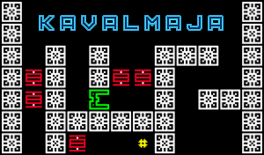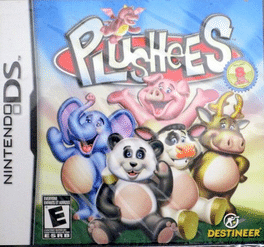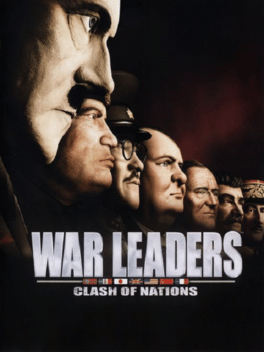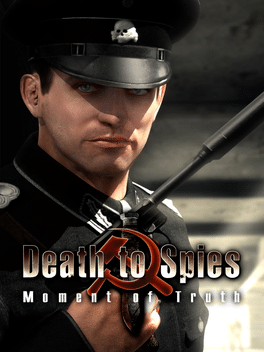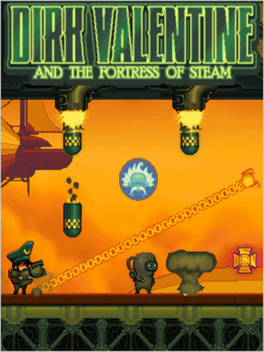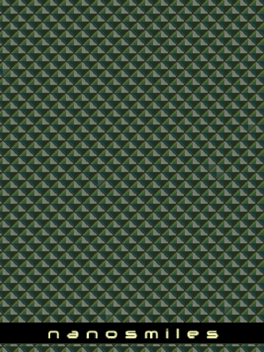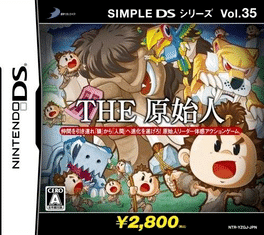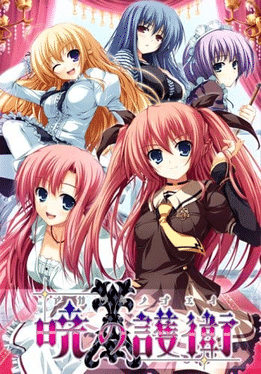New Games - Page 9993
-
Rockman 2 de Ippatsu Neta
2008
A Mega Man 2 fangame in which you fight all 8 robot masters simultaneously. -
City Racing
2008
City Racing
2008
City Racing is an easy-to-play sandbox 3D car racing game that's free to play. The game starts with a wrecked car, which you need to take to the garage. Once you're introduced to the mechanic, you get a little brief about the objectives and tasks. You can drive the car around the city to find different events to race in. Each win increases your ranking and allows you to look for car upgrades. -
Chess vs. The Axis of Evil
2008
Chess Vs The Axis Of Evil is a chess game where the figures are swapped with parodies on real or fictional persons, e.g. George W. Bush, Osama bin Laden or Dr. Evil from the Austin Powers movies. Every time the player or the AI makes a move the character walks over the chess move and, if it beats another figure, shows a little fight animation. For better overview the moves itself are ordered on a classical top-down chess-board which is displayed on the lower right corner. The game features six chess boards, e.g. Saddam Hussein's palace. -
Mana Khemia: Alchemists of Al-Revis - Premium Edition
2008
The Premium Edition of Mana Khemia: Alchemists of Al-Revis includes: - Mana Khemia: Alchemists of Al-Revis; - Original soundtrack featuring 33 songs from the game; - Mini poster; - Weapon stat sheet. -
Dracula 3: The Path of the Dragon
2008
star 5There is obviously no such thing as vampires... at least according to the official line of the Catholic Church. The trilogy continues as the Prince of Darkness rises again. -
Tamagotchi Connection V5.5 Celebrity
2008
The Tamagotchi Connection V5.5 Celebrity is a refresh of the Tamagotchi Connection Version 5. The Japanese edition was released on March 29, 2008, while the English edition was released in September 2008 in North America. The English version includes two additional games and several parent characters not on the Japanese version. -
Amberial: Nebulosa Realms
2008
The AmberBall is back in a huge new adventure with all that you requested ! 22 new levels, time trials, and an insanely hard tower of glory. -
Slave to a Machine
2008
Slave to a Machine
2008
A large tech/industrial base map using Daikatana, Doom3 and Half-Life textures. -
Fantasia: The Realm of Thanos
2008
"Please save Fantasia!" a woman asked you. She's in front of you, a lonely girl who does not have anyone, asking you to save an unknown world from an impending doom by obtaining a heart key from one of four "heart bearers" The first one is a Demon Lord.... The second is a bloodthirsty assassin... The third is a mysterious hooded guy... And the fourth... has curse placed on him... -
Otometeki Koi Kakumei Love Revo!! 100kg Kara Hajimaru Koi Monogatari
2008
Remake of the original Otometeki Koi Kakumei Love Revo!! game. -
Efteling Tycoon
2008
-
Kavalmaja
2008
-
Plushees
2008
Plushees
2008
Enter the world of Plushees! Where you can play different arcade games such as Alley Ball, Ka-Plinko, Pop-A-Loon and Whack a Troll to earn tickets to buy new Plushee friends! You can also play a variety of games with your Plushees such as Simon Says, Jump Rope, Hide & Seek and Butterfly catch. Save up tickets, collect all 26 Plushees, trade them with friends or even set up play dates via DS Wireless collection. -
Powershot Pinball Constructor
2008
Play against friends or alone on a selection of stylish tables. Engage Sabotage Mode to disrupt your opponent's game. Compete in team battle or time attack and discover secret areas and mini games. Create your dream table using the first Nintendo DS pinball table editor and share it with your friends. -
War Leaders: Clash of Nations
2008
War Leaders: Clash of Nations is a strategy game which takes place during WW2, it allows you to take control of the leaders of the nations involved in the war. -
Death to Spies: Moment of Truth
2008
star 6.9Moment of Truth is a sequel to the popular stealth action title Death to Spies. The game's main character is Semion Strogov, a captain in the 4th department of the Soviet counterintelligence service called SMERSH. SMERSH literally means in Russian, Death to Spies, which was the name for a set of counterintelligence departments in the Soviet Army formed during World War II. Strogov is back from his previous missions and must now participate in a series of even more complicated and exciting military operations under the code name "Death to Spies: Moment of Truth". The hero possesses all the skills required to accomplish especially dangerous missions including, getting information about the disposition of hostile military and civil units, assassination of enemy agents and representatives of Wehrmacht’s high-ranking officers and espionage. By the order of his supreme commander Strogov, who passed through a serious retraining, will have to accomplish various top secret missions. His task is to capture spies, saboteurs -
Dirk Valentine and the Fortress of Steam
2008
Use your chain cannon to create platforms in this steampunk world. -
Nanosmiles
2008
-
Simple DS Series Vol. 35: The Genshijin DS
2008
The Genshijin DS is an Action game, developed by Vingt-et-un Systems and published by D3Publisher, which was released in Japan in 2008. -
Akatsuki no Goei
2008
Akatsuki no Goei
2008
The Eroge Akatsuki no Goei is the first of the trilogy in the series of the same name. The game follows Asagari Kaito as he becomes a bodyguard to the stuck up Nikaidou Reika.

